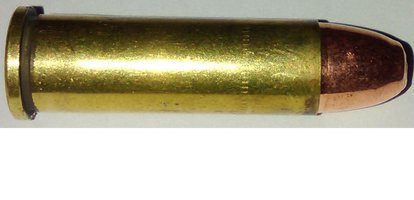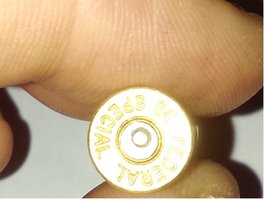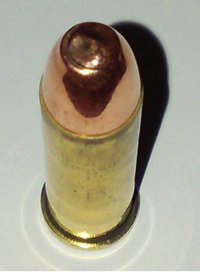I was at the range this morning and my friend was shooting my 686 when it went click.. I am not sure but it may be a squib load (I was using 158gr RN reloads). I was standing next to him and did not hear a pop like the primer detonated with no powder, just a click like it had hit on a previously fired round.
I can see something preventing the cylinder from rotating, but I am not sure if it is the case or the bullet (and I dont feel like looking down the barrel).
Question is safety:
can i tap it back into the cylinder with a brass rod safely? I am concerned about tapping it back into the firing pin (if the primer is still functional) the hammer does come back just a bit, maybe a half inch.
First time with a jammed cylinder so anyone with experience please let me know a safe way to proceed ( I can just bring it to a gunsmith if necessary but I would like to be able to clear something like this on my own).
Thanks.
I can see something preventing the cylinder from rotating, but I am not sure if it is the case or the bullet (and I dont feel like looking down the barrel).
Question is safety:
can i tap it back into the cylinder with a brass rod safely? I am concerned about tapping it back into the firing pin (if the primer is still functional) the hammer does come back just a bit, maybe a half inch.
First time with a jammed cylinder so anyone with experience please let me know a safe way to proceed ( I can just bring it to a gunsmith if necessary but I would like to be able to clear something like this on my own).
Thanks.

![Thinking [thinking] [thinking]](/xen/styles/default/xenforo/smilies.vb/010.gif)
![Smile [smile] [smile]](/xen/styles/default/xenforo/smilies.vb/001.gif)


